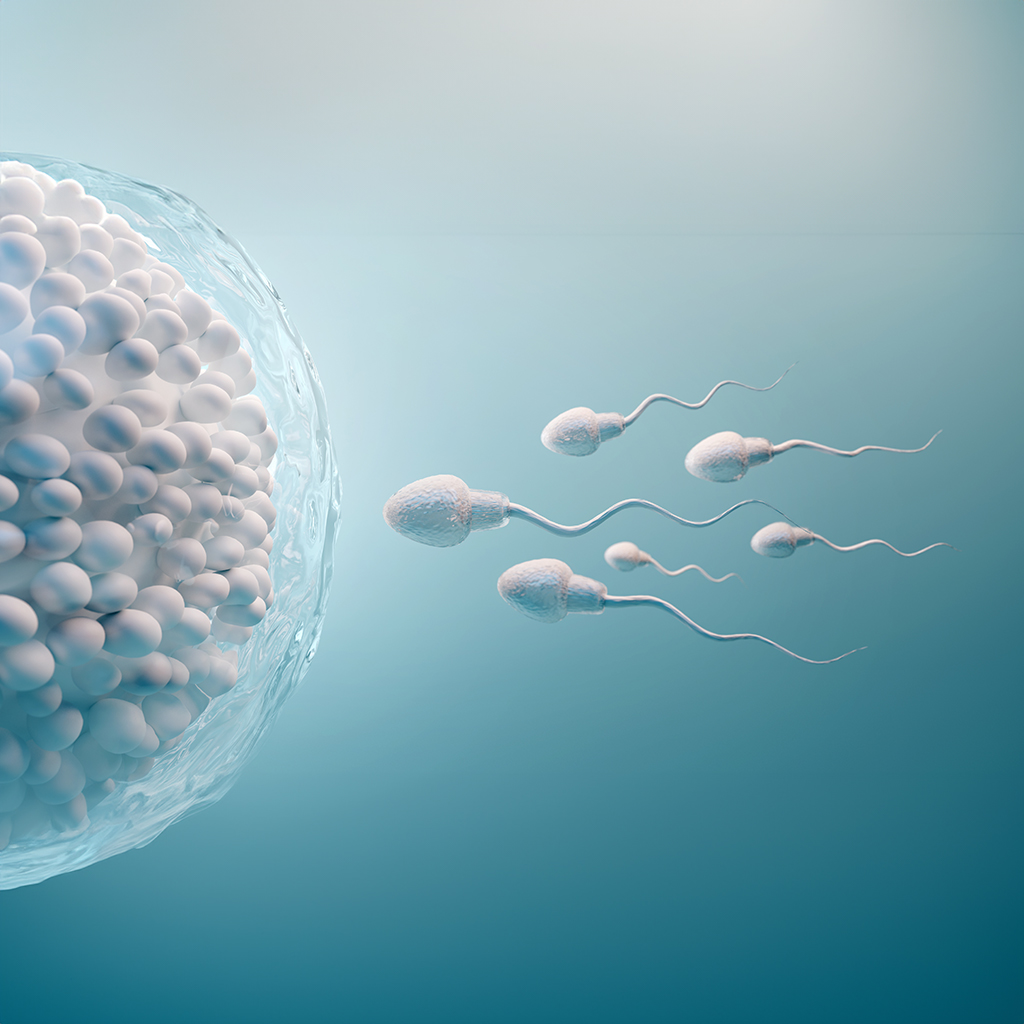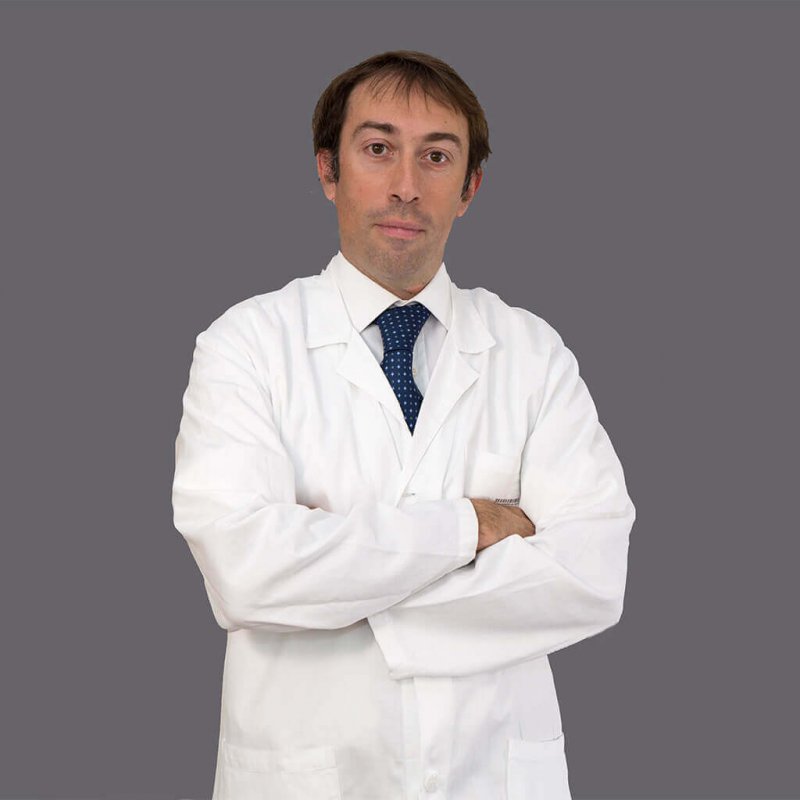Homologous IVF: who can access it and how it works

Publication date: 30-10-2023
Updated on: 30-10-2023
Topic: Gynaecology
Estimated reading time: 1 min
Article Author
Clelia Andolina
Medical Editor
Enrico Papaleo
Editor and Translator
Viktoryia LuhakovaHomologous IVF is the set of techniques used to fertilize, in the laboratory, oocytes with sperm from the partner in order to achieve pregnancy.
The course consists of a series of stages beginning with the first visit, and then proceeding at a later stage to ovarian stimulation, egg retrieval, and in vitro fertilization of eggs using the various IVF techniques.
Dr. Enrico Papaleo, head of the Natality Science Center of the Gynecology and Obstetrics Department at Ospedale San Raffaele, directed by Professor Massimo Candiani, explains the steps of this pathway.
When to resort to IVF
According to the World Health Organization (WHO) guidelines, in case of failure to conceive in healthy couples, assisted reproduction can be used after at least 12 to 24 months of free and unprotected intercourse.
This limit is lowered to 6 months in cases where:
- the woman is older than 35 years of age;
- in the presence of risk factors such as previous pelvic organ surgeries, utero-ovarian infections, endometriosis, and other reproductive disorders.
Then there are cases in which the couple carries serious diseases that can be transmitted to offspring: under these conditions, it is possible to intervene with transfer of only those embryos that are found to be healthy at the outcome of the PGT (preimplantation genetic analysis) investigation.
Who can access MAP?
Current legislation in Italy allows access to these treatments to heterosexual couples of childbearing age, subject to self-certification of marriage or cohabitation.
Step one: examination and tests
The first step is the couple infertility visit (both male and female), which is preparatory to accessing treatment with which the doctor makes an initial clinical assessment. It is important to emphasize that, for each couple, the path is studied on an ad-hoc basis: in fact, it is necessary first to review all the documentation and examinations performed for:
- establishing any additional assessments;
- defining the need for and access to treatment.
About a couple of weeks before the start of the course, the patient shall perform the following in the Center:
- anesthesiological evaluation with blood tests and electrocardiogram;
- counseling with midwife to deliver examinations and informed consents, clarify last doubts and plan the start of treatment;
- cervico-vaginal swabs.
Step two: hormone stimulation cycle and ultrasound monitoring
Once the time to start the course is decided, starting on the first day of the cycle, ovulation is induced in a controlled manner by administering drugs that act at the ovarian level, stimulating follicle production.
In in-vitro fertilization techniques, the drugs used are essentially gonadotropins, the administration of which is subcutaneous (through injections into the abdominal wall) and daily for about 2 weeks. The dose of the drug used is determined on the basis of individualized schedules, in relation to the patient's clinical characteristics, to stimulate the production of as many follicles as possible.
Follicular development is then monitored by repeated ultrasound checks and, if necessary, blood assays of hormone levels, until the largest follicles have reached an average diameter around 17-18 mm.
Ovulation induction will then be scheduled, and 34-36 hours later the patient will be ready for egg retrieval.
Step three: egg retrieval or pick-up
Retrieval of oocytes (oocyte pick-up):
- is performed by transvaginal ultrasound-guided route under deep sedation in an inpatient setting (Day Surgery);
- has a duration of about 10 to 15 minutes.
It is performed with a special needle mounted on the transvaginal ultrasound probe by means of which the ovaries are reached and the contents of the follicles are aspirated, with subsequent collection of the oocytes contained therein.
The aspirated follicular fluid is immediately taken to the laboratory and examined by the biologist for the presence of oocytes. It should be noted that the number of oocytes suitable for fertilization may not correspond to the number of follicles observed during monitoring, and that the oocyte is not always suitable for subsequent procedures (insemination of the oocyte with the partner's sperm).
On the very morning of the day of the egg retrieval, the partner makes the deposit of semen (where fresh material is used) in the manner determined by the Center's biologists, who will do the sperm preparation.
Women who are candidates for fresh transfer will be given guidance at discharge on the therapy to be continued until the day of embryo transfer (3 to 5 days after egg retrieval, depending on clinical choice, number and embryo quality).
Step four: laboratory fertilization
On the day of collection, mature oocytes are prepared and fertilized with the partner's sperm. They will be kept in incubator in suitable culture media for up to 7 days.
During this period, fertilized oocytes develop after 3 days to the embryo stage and after about 5 days to the blastocyst stage. 3 to 5 days after egg retrieval, the woman will be contacted to undergo embryo transfer.
Any supernumerary embryos obtained will be cryopreserved through the vitrification technique.
In the event that there is clinical contraindication to fresh transfer, all embryos obtained will be cryopreserved, and thawing and transfer of the embryos will be carried out thereafter.
Last step: embryo transfer
Through this procedure is well tolerated and performed without sedation with a moderately full bladder, the embryo is placed, through a sterile catheter, inside the uterus.
2 weeks after the transfer, the patient will be given the opportunity to have the pregnancy hormone assay (beta-hcg hormone assay) performed directly at the center. At the same time, if the value is positive, all necessary directions will be given to book the first beat ultrasound, which is necessary to certify the clinical pregnancy.
In addition, at the Center their is a possibility to undergo a prenatal diagnosis.